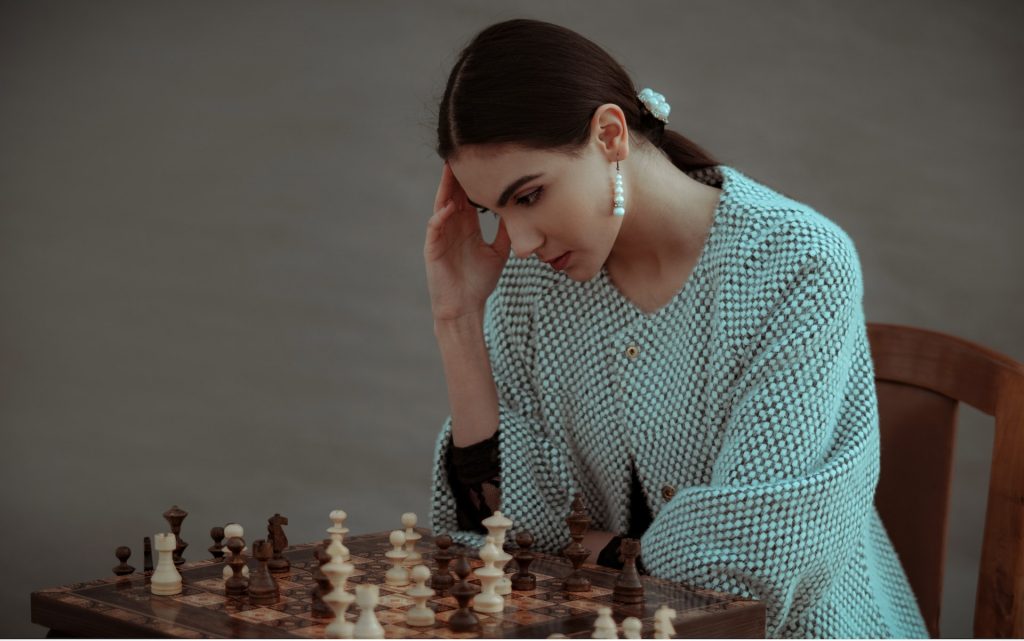Earning Digital Trust: Strategies for Building Customer Confidence
Building trust has become paramount in the digital marketplace, where transactions occur at the speed of a click and interactions are virtual. The concerns about credibility and authenticity in the digital age have never been more relevant.
Entrepreneurs grapple with the challenge of forging connections that transcend physical interactions, seeking strategies to instill confidence in customers who navigate a world of virtual transactions.
In this era defined by the digital handshake, understanding the significance of trust in digital customer relations becomes a cornerstone of success.
The Significance of Trust in Digital Customer Relations
Trust is the currency of the digital realm, the intangible force that underpins every successful online interaction. Trust bridges uncertainty and confidence in a world where customers can’t physically touch, feel, or experience a product before purchase.
Entrepreneurs should take the significance of trust in digital customer relations seriously as it transforms a casual browser into a loyal customer. When customers trust a brand, they are more likely to engage, make repeat purchases, and become advocates, contributing to the organic growth of the business.
Statistics consistently underscore the impact of trust on consumer behavior. According to a survey by Edelman, a global communications firm, 81% of consumers say they must trust a brand to buy from them.
Furthermore, the same study found that 53% of customers believe every brand is responsible for transparency. These figures highlight the foundational role of trust in shaping customer perceptions and influencing purchasing decisions.
Strategies for Building Trust Online
Building trust in the digital age requires a strategic approach transcending traditional methods. It begins with understanding the unique dynamics of the online customer experience. Authenticity and reliability are the cornerstones of effective trust-building strategies.
One approach prioritizes transparency in digital interactions, involving openness and honesty about products, services, and business practices.
For instance, an e-commerce platform might provide detailed product descriptions, including information about materials, dimensions, and manufacturing processes, fostering transparency and trust.
Another effective strategy is to prioritize customer education. By providing valuable content, such as how-to guides, tutorials, or product demonstrations, businesses can empower customers to make informed decisions.
Customer education builds trust and positions the brand as an authority in its niche. Imagine an online software provider offering comprehensive guides on product usage and troubleshooting.
Knowledge-equipped customers are more likely to trust the software’s reliability and customer support.
Transparency and Authenticity in Digital Interactions
In the digital marketplace, where face-to-face interactions are replaced by pixels on a screen, transparency and authenticity become the cornerstones of customer trust. Customers seek assurance that the businesses they engage with are genuine, ethical, and reliable.
Entrepreneurs can cultivate transparency by openly communicating critical information about their operations, policies, and values.
Open communication might include:
- Displaying shipping and return policies.
- Showcasing customer testimonials.
- Providing a behind-the-scenes look at the business through digital channels.
Authenticity goes hand in hand with transparency. Businesses that showcase the human side of their operations, whether through personalized communication, stories of their journey, or even showcasing the faces behind the brand, create a sense of connection that resonates with customers.
Consider the impact of a social media post from a business founder expressing gratitude for customer support. This authentic engagement fosters a human connection, contributing to the bedrock of trust.
Managing Online Reputation and Reviews
In the digital landscape, a brand’s reputation is shaped not just by its marketing efforts but by the collective voice of its customers. Online reviews and feedback are the currency of this digital reputation, influencing potential customers’ perceptions.
Entrepreneurs must proactively manage their online reputation, engaging with reviews and feedback to address concerns, express gratitude for positive experiences, and showcase a commitment to customer satisfaction.
When handled with transparency and a commitment to resolution, a negative review can become an opportunity to showcase a brand’s dedication to customer service. Conversely, positive reviews serve as social proof, reinforcing trust among potential customers.
A hospitality business could actively engage with online reviews, addressing concerns about service promptly and expressing gratitude for positive feedback. This active participation in the online conversation contributes to a positive digital reputation.
CRM’s Role in Enhancing Trust and Credibility in the Digital Age
Customer Relationship Management (CRM) systems emerge as powerful orchestrators in the complex dance of digital interactions.
CRM systems help manage and improve online reputation, ensuring consistent and authentic digital interactions, which builds customer trust and confidence in the digital marketplace.
By centralizing customer data, CRM systems provide a comprehensive view of each customer’s journey, enabling businesses to tailor their interactions based on individual preferences, previous interactions, and feedback.
Consider a scenario where a customer interacts with an online retailer. The business can access the customer’s purchase history, preferences, and previous interactions through CRM. This comprehensive understanding allows for personalized and authentic communication.
For example, the retailer might send targeted recommendations based on the customer’s previous purchases, creating a seamless and personalized shopping experience.
By leveraging CRM insights, businesses can cultivate trust by demonstrating a deep understanding of their customers’ needs and preferences.
Conclusion
The journey to earning digital trust is a strategic endeavor that requires a nuanced understanding of the digital customer landscape.
Entrepreneurs must embrace transparency, prioritize authenticity, actively manage their online reputation, and leverage CRM systems as the vital ingredient for building and enhancing trust.
In the digital age, where transactions are often faceless, the trust forged in the virtual realm becomes the foundation upon which lasting customer relationships are built. As businesses navigate the digital landscape, earning their trust online becomes a defining factor in their success.
Learn more about CRM and how they can transform your organization. Book a FREE demo and consultation with our experts below:
Curious how digital ecosystems can help improve your business?
Check out how digital ecosystems can boost your company performance by getting started here.
Book a Demo

